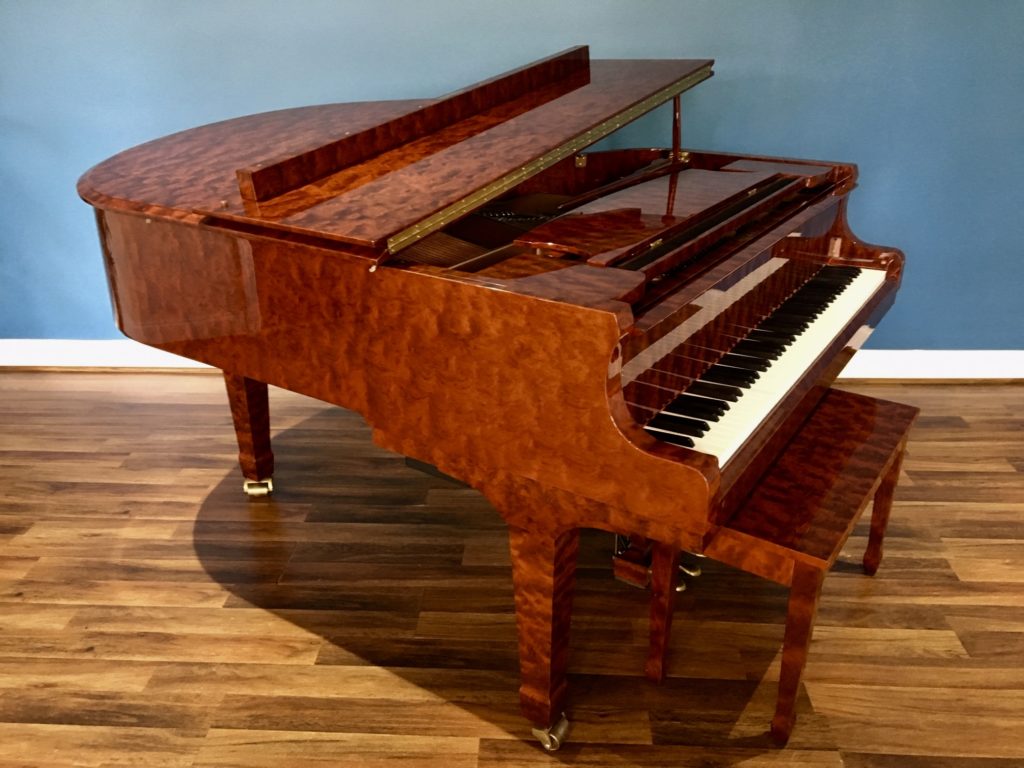

The difference lie more in the touch/action where a grand piano gets assistance from gravity and an upright relies on springs to return the keys to their resting position after you release them - touch/action is where size matters less.) (My opinion is that most grand pianos won't sound that much better than a really good upright until you get to the 6'+ sizes. And personally, I would much prefer a the sound of a 6'1" Yamaha or Kawai to a 5'1" (real) Steinway Model S. With smaller grand pianos, those extra inches can make a lot of difference. All these are bigger than your Boston 5'1" reference piano by 7" to 12". And if you can stretch that budget a bit, say by USD1000 to USD2000 more, even the Yamaha C-3 (at 6'1", a big step up from C-2) or a Shigeru Kawai SK-2 (5'10", big step up from RX-3) may be within your reach. I have seen prices in the Singaporean market where even a Kawai RX-3 at 6'1" is well within USD15000.

Regardless of the Boston brand's tie to the Stenway brand - if you are looking for a good instrument rather than a status symbol, it is best to IGNORE the brand names altogether and go by the sound and touch of the instrument instead.Īgain, keep in mind that prices vary from market to market, within the USD15000 price range, one can get an RX-2 at 5'10" or a Yamaha C-2 at 5'8". The Boston line of pianos is being made by Kawai, and I am not aware of the Boston line of pianos sharing any special part, design element, or construction process that makes a Steinway a Steinway. I generally consider a Boston piano a good piano, but I would caution that a Boston piano, though being sold by the same company that also happens to sell the world famous Steinway grand pianos, is NOT a Steinway grand piano. So it's very hard to say whether a piano is being offered at a fair price unless we confine the market to a particular region (i.e., which country/region are you in ?). Piano prices can vary greately from country to country, even from region to region in the same country.


 0 kommentar(er)
0 kommentar(er)
